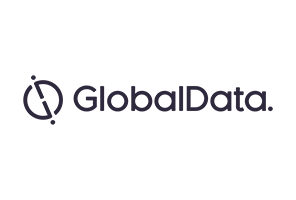
In ten years’ time, the vast majority of online delivered groceries will come from dark stores. At the moment, only Ocado and Amazon have solely dark store fulfilment, and as a result they have a wider range, lower overheads, fewer substitutions, greater opportunity to develop technology, and the ability to generate decent margins from online.
While investment required is heavy compared to the pay-as-you-go store pick model, dark stores are a way of addressing the profitability problem that has weighed on online grocery since its inception. Without making this commitment, Ocado and Amazon’s market-leading capabilities will allow them to steal market share as more consumer spend shifts online, so the supermarkets must act to future-proof themselves.
There is no doubt that online penetration in the UK will grow from here – we estimate that by 2022 online will represent 9.8% of the UK food & grocery market, up from 7.8% in 2017 – as millennials, who have been the greatest adopters of online food & grocery, start to have families and reduce reliance on top-up grocery shopping. Additionally, online provides the chance for retailers to grow market share in a channel currently unpenetrated by the discounters (their model would mean that online would be loss making) although they face competition from Amazon.
Online food & grocery is a particularly difficult channel to succeed in. Goods are low-value and frequently purchased, all of which are characteristics that lend themselves perfectly to the more convenient model of online. However, with food & grocery items yielding little profit, it also means that the more expensive fulfilment model of online, particularly instore pick which the majority of grocers operate, brings down retailer margins even further.
Frequency of purchase is growing, with ATV falling, and therefore the return from online is declining. Ocado’s Q3 results showed that online basket sizes continue to fall, this quarter saw -1.2% on top of -3.4% for Q3 2016. This trend is consistent across the sector as multi-buys decrease, the use of delivery passes increases, and more mobile grocery ordering causes reductions in basket size while simultaneously increasing frequency of purchase. Though this is a metric which bricks and mortar food & grocery retailers seek to increase, for online food & grocery retailers it is problematic.
The larger the online basket, the greater the incremental profit, as every online order has to be picked and delivered at an additional cost to usual instore shopping. Therefore operating margins are smaller, and we estimate that online baskets need to be above £60 to break even. However, by committing investment to dark stores, even though painful in the short term, volumes can grow and the overheads of online would be reduced through scale, potentially reducing the breakeven threshold.
How well do you really know your competitors?
Access the most comprehensive Company Profiles on the market, powered by GlobalData. Save hours of research. Gain competitive edge.

Thank you!
Your download email will arrive shortly
Not ready to buy yet? Download a free sample
We are confident about the unique quality of our Company Profiles. However, we want you to make the most beneficial decision for your business, so we offer a free sample that you can download by submitting the below form
By GlobalDataThere are limitations to investment in dark store capability though; the big four retailers are all currently managing ambitious cost-saving programmes and seemingly incompatible margin targets at a time of the highest CPI and PPI that we have seen in over a decade. Simultaneously, the grocers are expanding their online offerings in a constant battle to provide the best services. All offer delivery saver schemes, Sainsbury’s and Tesco provide same day delivery and even two hour delivery in London (both have some dark store capability now but it does not cover the majority of online fulfilment), and all are developing apps in a bid to win market share of the highest growth area of food retail. The investment into this is costly, and return on capital is currently low.
Moreover, if the grocers choose to stop limiting the availability of online with more time slots, greater same-day geographical coverage, and better product availability, then online will grow faster than its current rate. This will bring margins down across the business as online contributes a greater proportion of sales and subsequently will impact store sales densities.
Current strategic thinking is short-term and does not fundamentally change the method of fulfilment. If anything, the novel ideas such as two hour delivery are a way to keep up with Amazon and gain cheap advertising. The retailers need to stop trying to keep up with Amazon’s capabilities, and start defining the future of online food & grocery themselves. The channel will grow to take 9.5% of the food retail market by 2022, and if fulfilment improves this could be even higher. Do the grocers want to give that share away to the pureplays who are better placed to deal with the challenges of basket size and fulfilment issues? We don’t think so, and it can be mitigated by reinvesting cost savings into dark stores, not just choosing to sit on cash to return to investors.



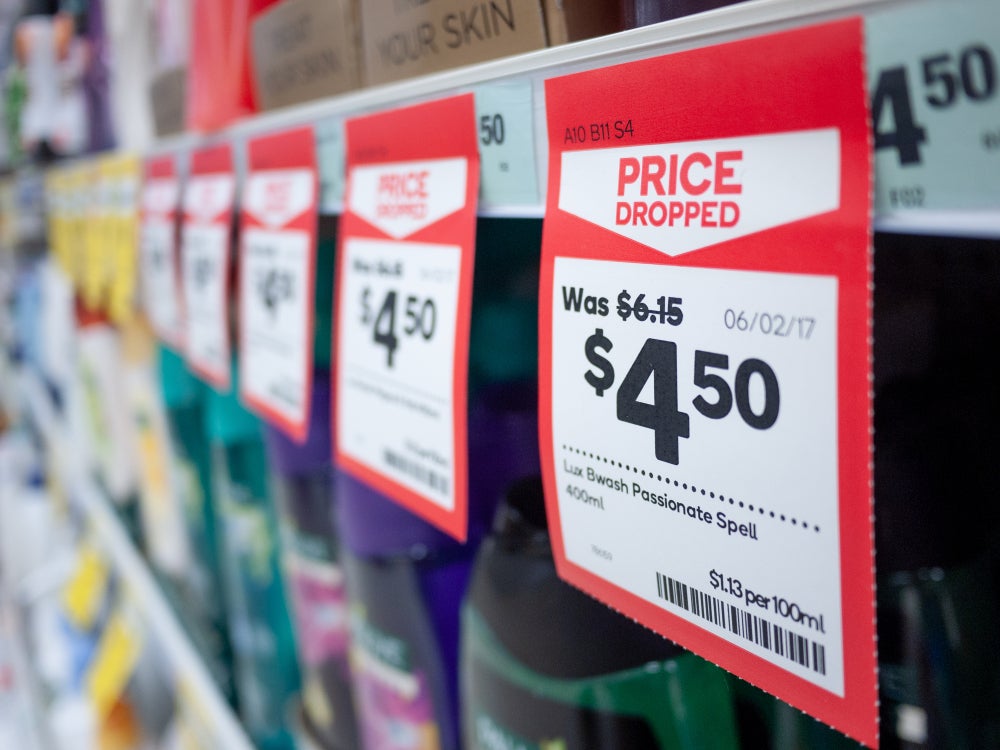
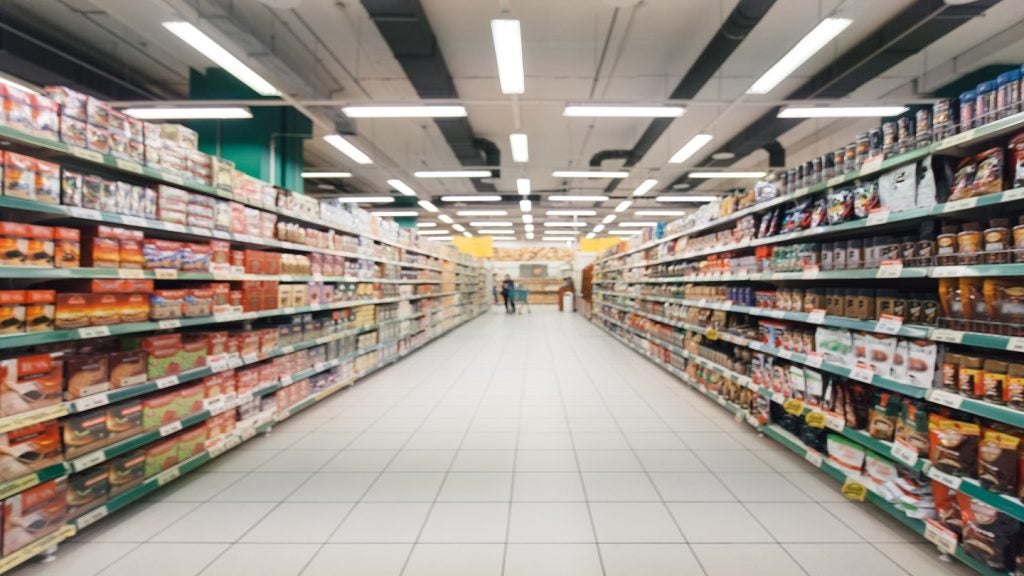
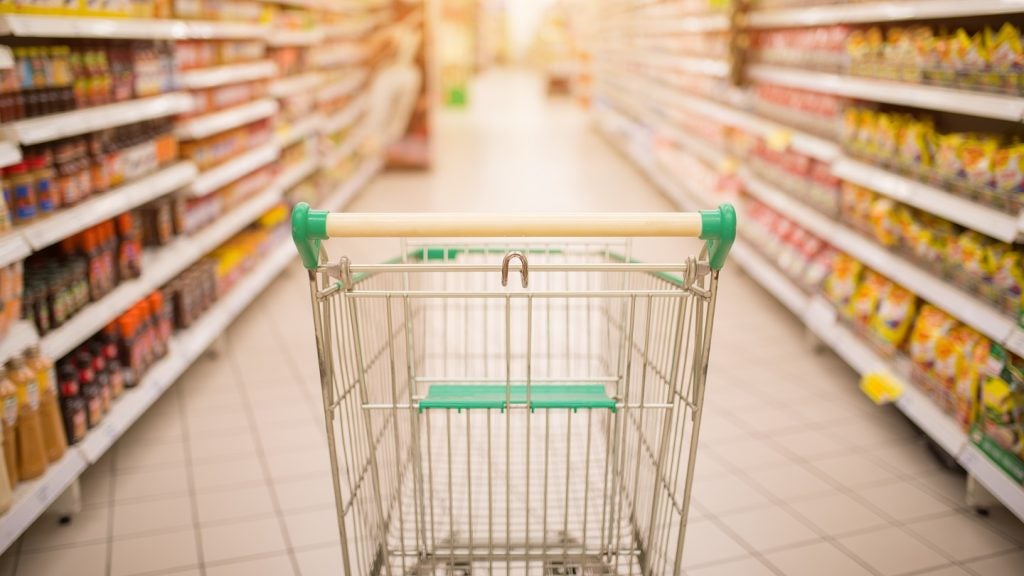
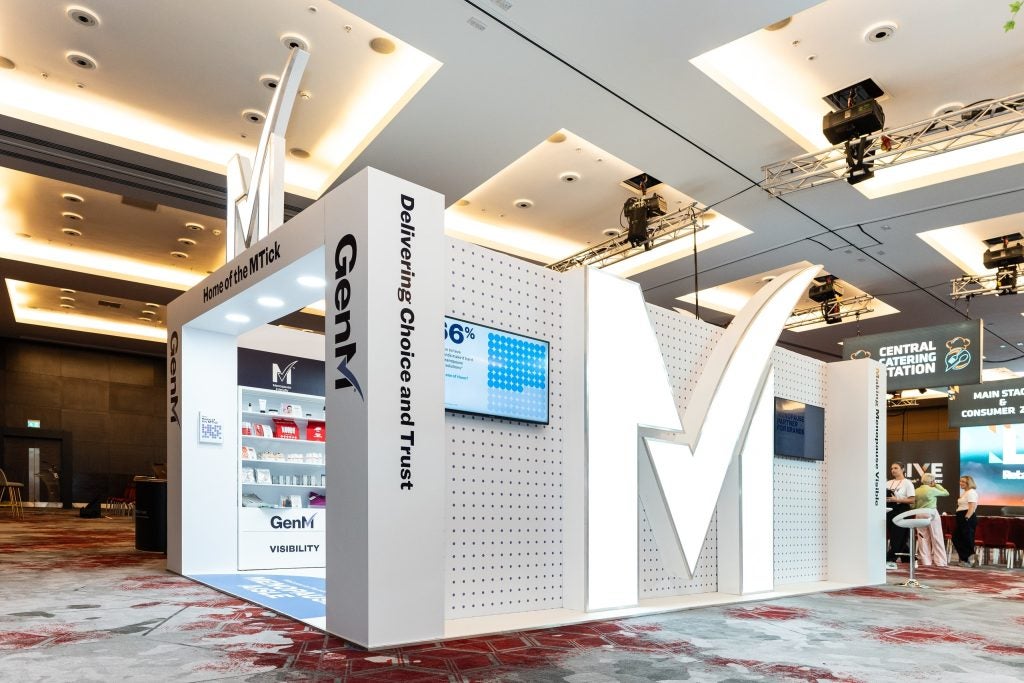

Related Company Profiles
Ocado Retail Ltd
Sainsbury’s
Tesco Plc
Amazon.com Inc